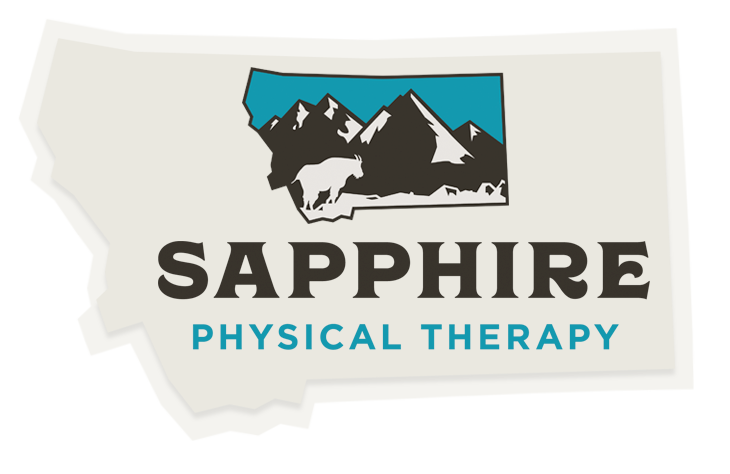Plyometric Training
If you have ever trained for a sport or participated in a regular exercise routine, you have likely heard of plyometrics. Plyometric training is a useful tool not only for athletes but also is an important component in physical therapy as way to help patients return to sport and activity. This post aims to give readers a basic understanding of plyometric training and provide insight into if plyometric training might be useful to their activity goals.
What Are Plyometrics?
Plyometrics is a form of training that utilizes our body’s stretch-shortening cycle to produce powerful, explosive movements. Both speed(time) and strength(force) are functions of power and can be manipulated to achieve varying outcomes. This stretch-shortening cycle in our muscles can be thought of as a spring being compressed and released.1 Many sports and activities such as soccer, volleyball, sprinting, etc., require us to use power in order to compete and perform at our peak potential. Hence, why plyometric training can be a useful tool in the development of power. Plyometrics are considered an advanced form of training, however, knowing the basics behind how and why we perform plyometrics can help reduce confusion and increase athletic performance.
Benefits of plyometrics?
The primary goal when performing plyometric training is to increase our body’s power output to improve our performance during athletic maneuvers. Although, this is not the only benefit that has been observed when incorporating plyometrics in an exercise routine. One of the ways our body adapts to plyometric training is by upregulating our neuromuscular system. Our body’s neural network begins to form stronger and more efficient connections to our muscles, increasing our neuromuscular coordination and automation.2 A study performed by Hewett and collegues showed that high-school aged female athletes had a reduced incidence of knee injury when they particpated in a 6-week preseason training program that focused on jumping and landing mechanics.3(study)
How to perform a plyometric?
Plyometrics generally target a specific region, ie. lower body, upper body, core, and require an ‘explosive’ movement. Just like any other form of training, exercises should be specifically geared toward the desired goal. For plyometrics, this means performing exercises that are activity specific and are designed for the production of power, ie. jumping and throwing. Near maximal effort should be used when doing plyometrics to maximize the potential benefits, which is part of what makes plyometric training so great. Because of the level of demand placed on the body, individuals do not need to perform countless repetitions to achieve their goal. Plyometric training sessions are usually counted by the number of contacts made during a session. For example, jumping and landing on one foot counts as one contact or throwing a ball contacts as one contact.1
Guide to implementation:
Implementation and progression of plyometrics should start with a low number of contacts and be less dynamic. This means movements should generally start using both legs or arms and should be relatively stationary, ie. double leg hops in place or double arm chest pass. Beginners should consider using limited contacts, 80-100 per session, and progress both the numbers of contacts and exercise difficulty at a steady pace week by week. Variables to consider when doing plyometrics are the intensity, volume, frequency, and recovery time. Research suggests at least 48-72 hours be taken between plyometric training sessions. Plyometric training should not be performed if there is an acute injury, pain, inflammation, sprains, strains, post-operative precautions or hesitation with performance.
While plyometrics can be beneficial, we suggest consulting with your local physical therapist regarding any questions or concerns about your ability to implement plyometric training.
Lower Extremity example progression:
Double Leg hops in place->Double Leg Forward and Back Hops-> Double Leg Forward Jumps-> Double Leg Lateral Jumps(once double leg progression is completed, advance to performing on single leg)
Other LE plyos: Split squat jumps, box jumps, depth jumps, forward and lateral bounding
Upper Extremity example progression:
Wall Push Up-> Medball Chest Pass Against Wall-> Plyo push up-> Plyo Push up onto box
Other UE/Trunk plyos: MedBall Sit-up Toss, Lateral Medball Toss-> Overhead Medball Toss
Article by Andrew Traver, Student Physical Therapist and Sapphire PT clinical intern
References:
1 Voight, Michael L., and Steven R. Tippett. "Plyometric Exercise in Rehabilitation." Musculoskeletal Interventions: Techniques for Therapeutic Exercise, Third Edition Eds. Barbara J. Hoogenboom, et al. McGraw Hill, 2013, https://accessphysiotherapy.mhmedical.com/content.aspx?bookid=960§ionid=53549678.
2 Davies, George et al. “CURRENT CONCEPTS OF PLYOMETRIC EXERCISE.” International journal of sports physical therapy vol. 10,6 (2015): 760-86.
3 Hewett TE Stroupe AL Nance TA Noyes FR. Plyometric training in female athletes. Decreased impact forces and increased hamstring torques. Am J Sports Med. 1996;24(6):765‐773
